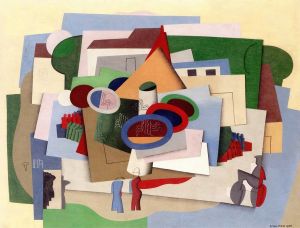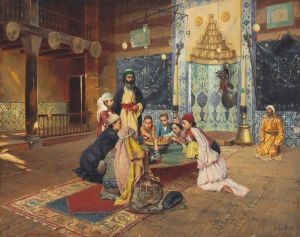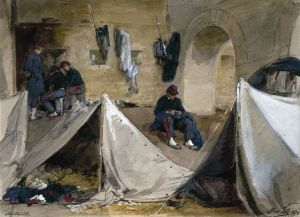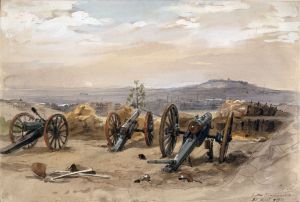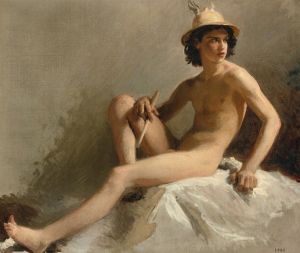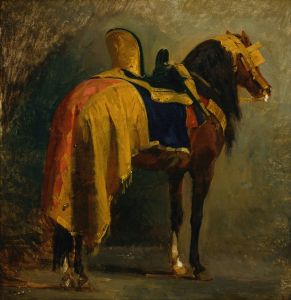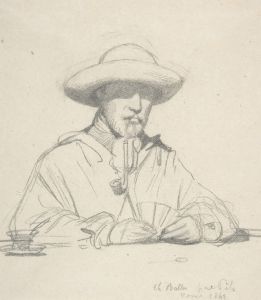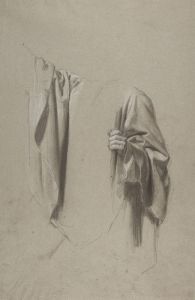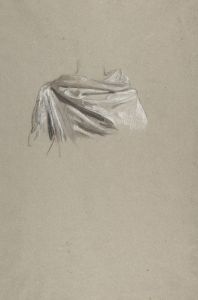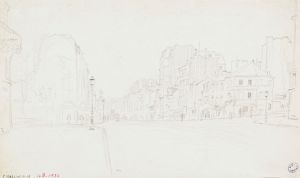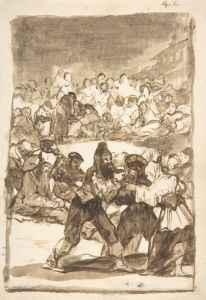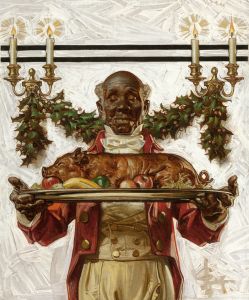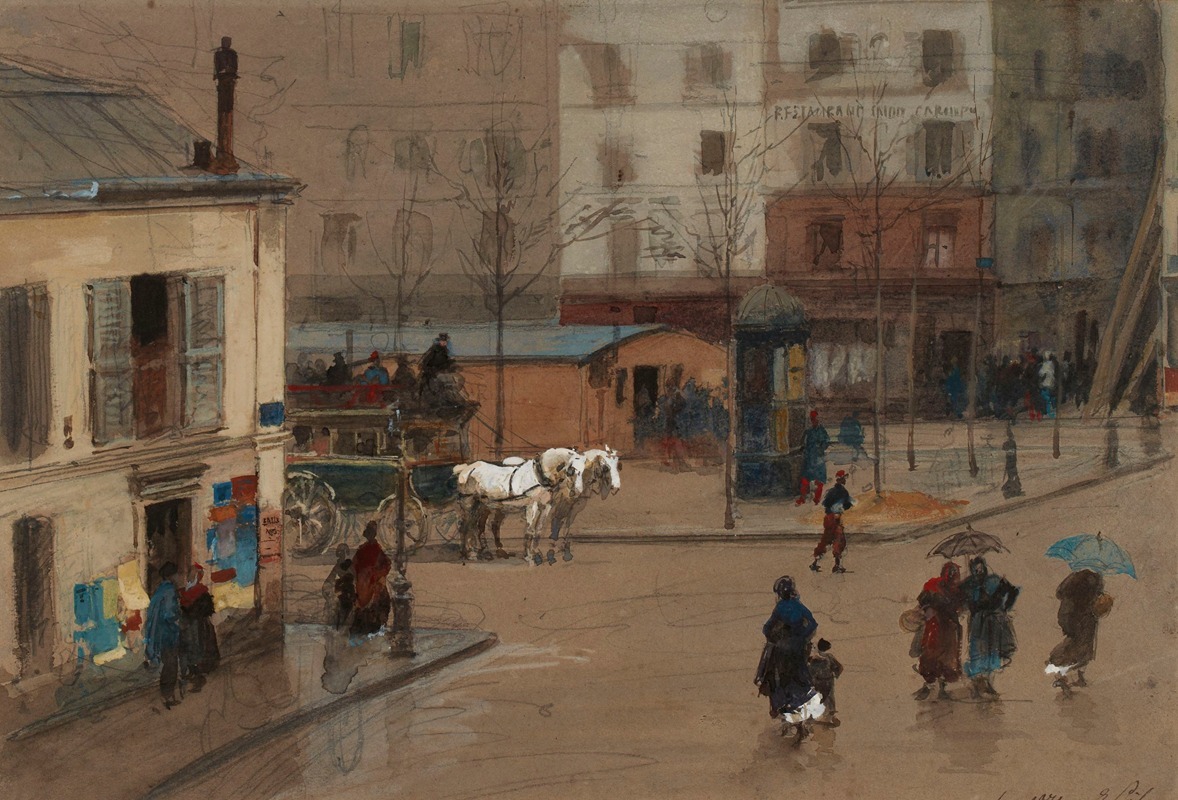
Carrefour, 8 février 1871.
A hand-painted replica of Isidore Pils’s masterpiece Carrefour, 8 février 1871., meticulously crafted by professional artists to capture the true essence of the original. Each piece is created with museum-quality canvas and rare mineral pigments, carefully painted by experienced artists with delicate brushstrokes and rich, layered colors to perfectly recreate the texture of the original artwork. Unlike machine-printed reproductions, this hand-painted version brings the painting to life, infused with the artist’s emotions and skill in every stroke. Whether for personal collection or home decoration, it instantly elevates the artistic atmosphere of any space.
Isidore Pils was a notable French painter in the 19th century, recognized for his historical and genre paintings. One of his works, "Carrefour, 8 février 1871," captures a moment from the tumultuous period of the Franco-Prussian War and the subsequent Paris Commune. This painting is a reflection of the socio-political climate of France during this era, though specific details about the painting's composition and current location are not widely documented.
The Franco-Prussian War, which lasted from 1870 to 1871, was a significant conflict between the Second French Empire and the Kingdom of Prussia, alongside its German allies. The war resulted in the fall of the French Empire and the proclamation of the German Empire in the Hall of Mirrors at the Palace of Versailles. Following France's defeat, the Paris Commune emerged in March 1871, a radical socialist and revolutionary government that ruled Paris for a brief period. The Commune was a response to the hardships and discontent that followed the war, including the siege of Paris and the harsh terms of the armistice with Prussia.
Isidore Pils, known for his ability to depict historical events with emotional depth and realism, likely chose the date "8 February 1871" to highlight a specific incident or atmosphere during this period. However, detailed records of the painting's specific scene or its interpretation are limited. Pils' work often focused on capturing the human experience amidst the backdrop of significant historical events, and it is plausible that "Carrefour, 8 février 1871" follows this thematic approach.
Pils was a student of François-Édouard Picot and gained recognition for his works that often depicted military scenes and religious subjects. His style was characterized by a keen attention to detail and an ability to convey the emotional intensity of his subjects. Throughout his career, Pils received several accolades, including the prestigious Prix de Rome in 1838, which allowed him to study in Italy and further refine his artistic skills.
The period during which "Carrefour, 8 février 1871" was created was marked by significant upheaval in France. The aftermath of the Franco-Prussian War and the rise of the Paris Commune were pivotal moments in French history, influencing art, politics, and society. Artists like Pils played a crucial role in documenting and interpreting these events through their work, providing contemporary and future audiences with a visual narrative of the times.
While specific information about "Carrefour, 8 février 1871" is scarce, Isidore Pils' broader body of work continues to be studied and appreciated for its historical significance and artistic merit. His paintings serve as a window into the 19th-century French experience, capturing the complexities and emotions of a nation undergoing profound change.





